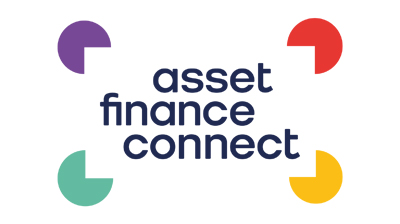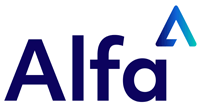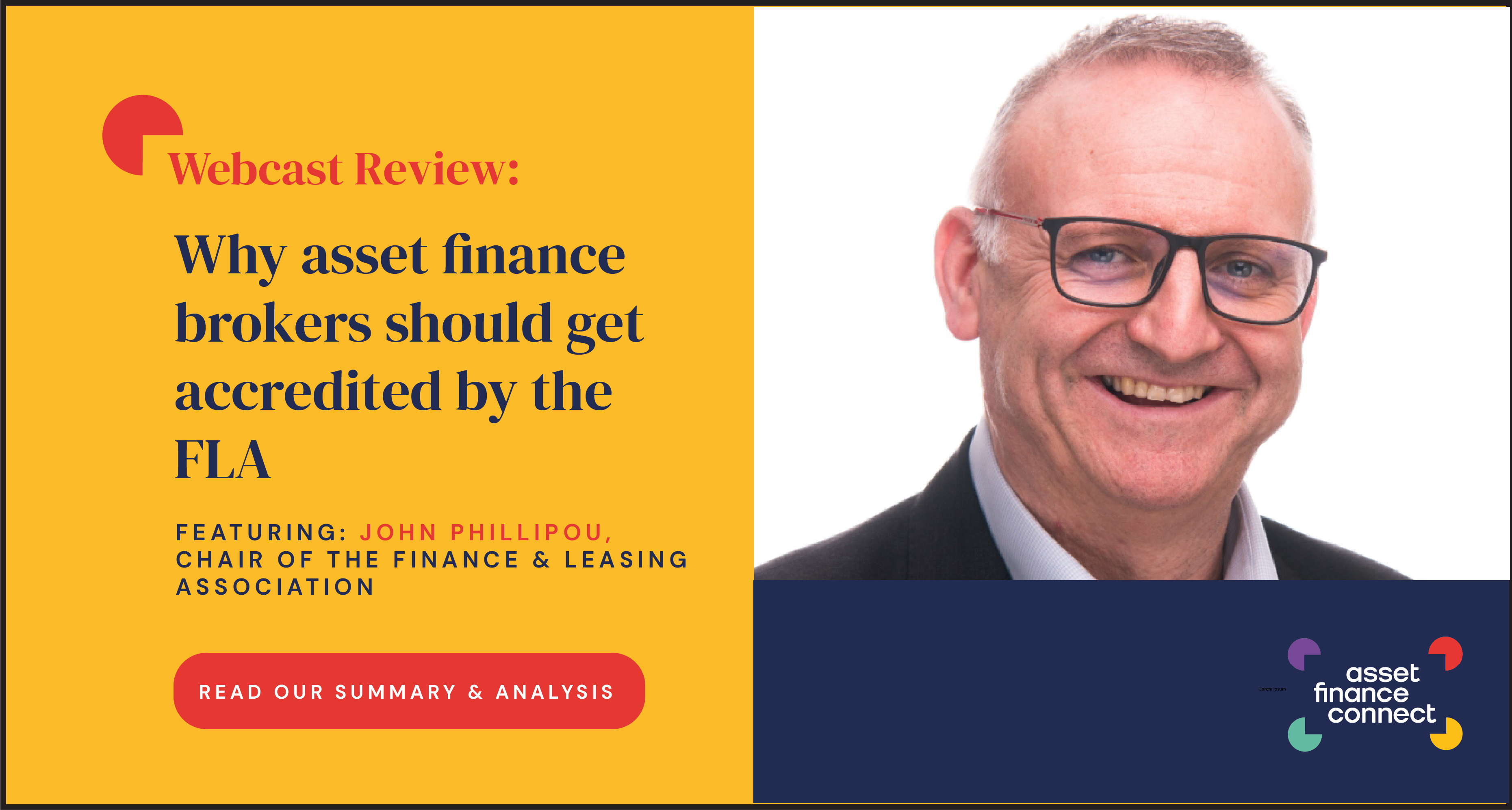Bloomberg reports that the sale may fetch as much as €4.5 billion ($4.9 billion), “according to a person with knowledge of the process” who confirmed that the transaction could be concluded in H2 2016.
Rabobank is reportedly seeking to cut as much as €150 billion of assets by 2020 in preparation for tougher European capital rules. Bloomberg stressed that the Netherlands-based lender, which had a balance sheet of €675 billion at the end of June, is under pressure to cut costs as customers switch to mobile and Internet banking services.
In the bank’s 2015 interim message Rabobank chairman Wiebe Draijer (pictured above) said: “Our financial results increased substantially in the first half of 2015, due mainly to the decline in loan impairment charges. The underlying profit performance highlights the need to improve profit further, not least because of stricter capital requirements in future.
“While customer satisfaction is rising, it remains below our stated ambition level as a customer-centric bank. It remains essential to reduce costs and improve income further given the intensive competition and increased capital requirements. Work is being done to adapt our governance model and develop a new Strategic Framework. We are also engaged in intensive dialogue about our norms and values. Our sustainability ambitions sharpen our focus.”
“Rabobank doesn’t have it easy, financially,” Jos Versteeg, an analyst at Theodoor Gilissen Bankiers NV in Amsterdam, told Bloomberg. “They’re way behind in slimming down their balance sheet and raising capital compared with the other Dutch banks, and now they’re trying to catch up.”
Rabobank, a cooperative formed in 1898 to serve Dutch farmers, has struggled to keep pace with changes in banking because of its legal structure. The 106 local units of the lender agreed in December to work together as a single entity with one banking license and a common annual report. Draijer, a 50-year-old former McKinsey & Co. partner who took up his first banking job in 2014, is thought to be planning to cut 9,000 jobs at the bank over the next three years.
DLL, which finances cars, medical equipment and agricultural equipment, reported a strong result in the first half of 2015. The leasing segment recorded net profit of €247 million up 11% from the same period the previous year.
The activities of DLL grew also; the lease portfolio increased by 6% to €34.9 billion, partly due to exchange rate effects. The share of food and agri in the lease portfolio was stable at 32%.
In addition, DLL benefited from the favourable economic developments. In combination with strict risk management and the spread of activities, this led to a decrease in loan impairment charges by 30% to €48 million. The loan impairment charges amounted to 28 basis points of the average loan portfolio, comfortably below the long-term average.
During H1 2015 DLL’s workforce increased by 155 FTEs (full time equivalents) to 5,372 and staff expenses rose by 12% to €280 million.
Last December, Bill Stephenson, chief executive officer and chairman of the executive board of DLL, was awarded a 2015 Lifetime Achievement accolade, which goes to an individual who has helped to build and shape the international leasing industry over the course of their career. Stephenson has driven new developments across the industry, playing a strategic leadership role within his organization and the leasing community as a whole.








